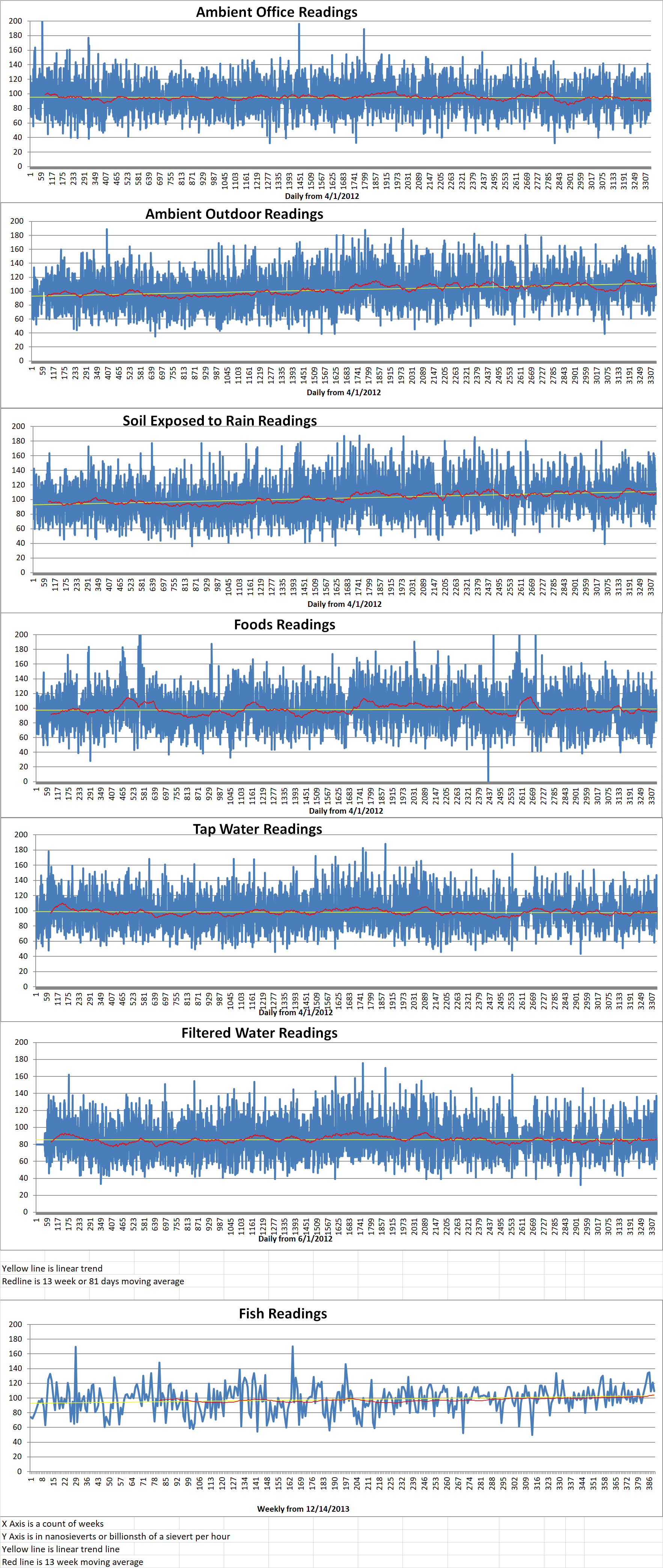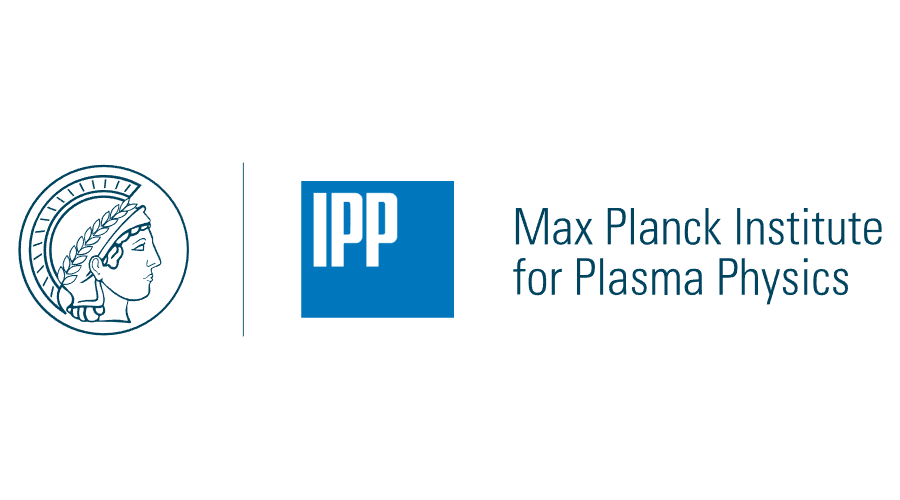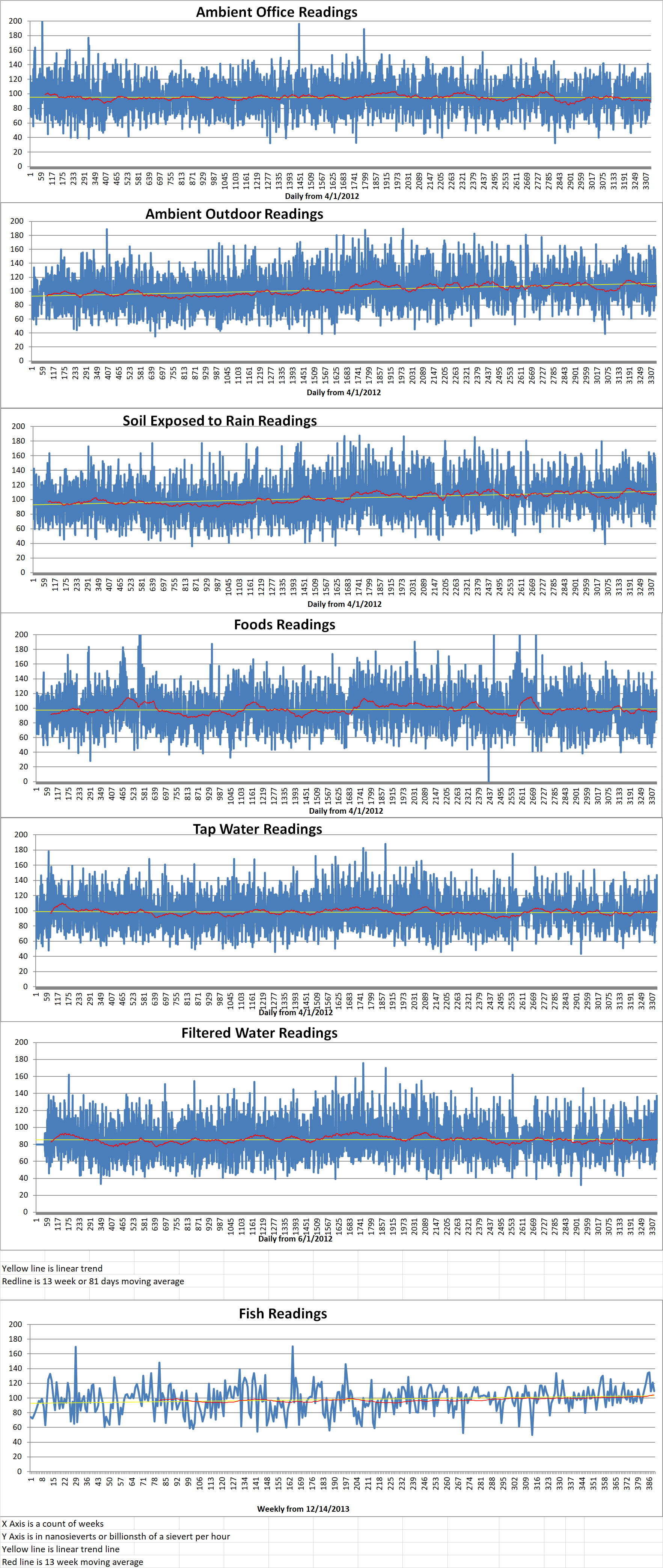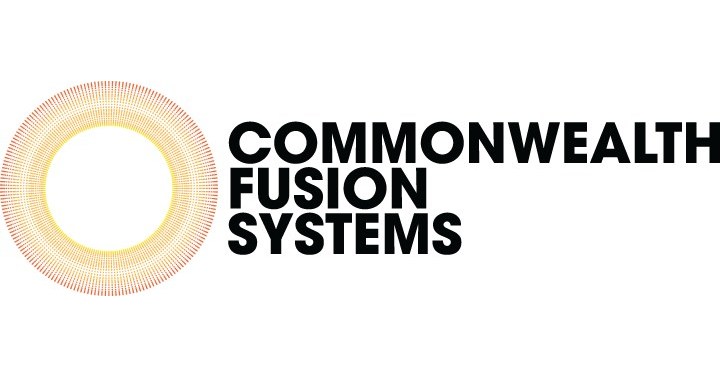Part 2 of 2 Parts (Please read Part 1 first)
Bob Mumgaard is a plasma physicist who is the chief executive of Commonwealth. He said, “If you go to a much higher magnetic field, you can go to a much smaller size.” The ITER system being constructed in France is about the size of a soccer field. Mumgaard commented that if it was possible to construct a device that was just one-fiftieth the size of the ITER system in France, it would be able to generate almost as much power.
Commonwealth’s magnet will be one of twenty used to construct a donut-shaped vessel in a space about the size of a tennis court. This year, Commonwealth established a forty-seven-acre site in Devens, MA. It will use the site to build both its prototype reactor and a factory for its new magnets. The magnets are produced by depositing a thin film of exotic materials on a videotape-like backing that is then wound around a bottle that is used to contain the fusion reaction.
Commonwealth has raised more than two hundred and fifteen million dollars so far. It employs over a hundred people. Commonwealth received an important boost last year when physicists at M.I.T.’s Plasma Science and Fusion Center and the company published seven peer-reviewed papers in the Journal of Plasma Physics explaining exactly how their system will work.
What remains to be demonstrated is that the Commonwealth prototype fusion reactor can produce more energy than it consumes. Scientists refer to this as a “Q” greater than one. The company is confident that when its prototype is complete, it will produce about ten times more energy than it consumes.
So far, the most successful effort to reach positive energy output from a fusion reactor was achieved by the Joint European Torus, or JET, project, a Tokamak that began operation in 1983 in Oxfordshire, England. Before it was shut down over a decade ago, the device was able to produce about sixteen megawatts of fusion power while consuming twenty-four megawatts.
Daniel Jassby is a retired plasma physicist at Princeton University who has written critical essays about the commercial potential of fusion power in the Bulletin of the Atomic Scientists and in Physics & Society. He has said that some of the fusion startups are engaged in “voodoo fusion energy”. Some of the companies have not yet shown that their technologies will create fusion reactions. Jassby said, “Their claims are unjustified. They might be able to make something like that work eventually, but not on the time scale they’re talking about.”
Mumgaard said that Jassby was not taking into account the new technical advances that his Commonwealth and the M.I.T. researchers will soon achieve. He said that unlike other energy sources, fusion would generate energy largely without a resource. He commented that when “You add up all the costs, the cost of normal stuff like concrete and steel, and it will make as much power as a gas plant, but without having to pay for the gas.”






